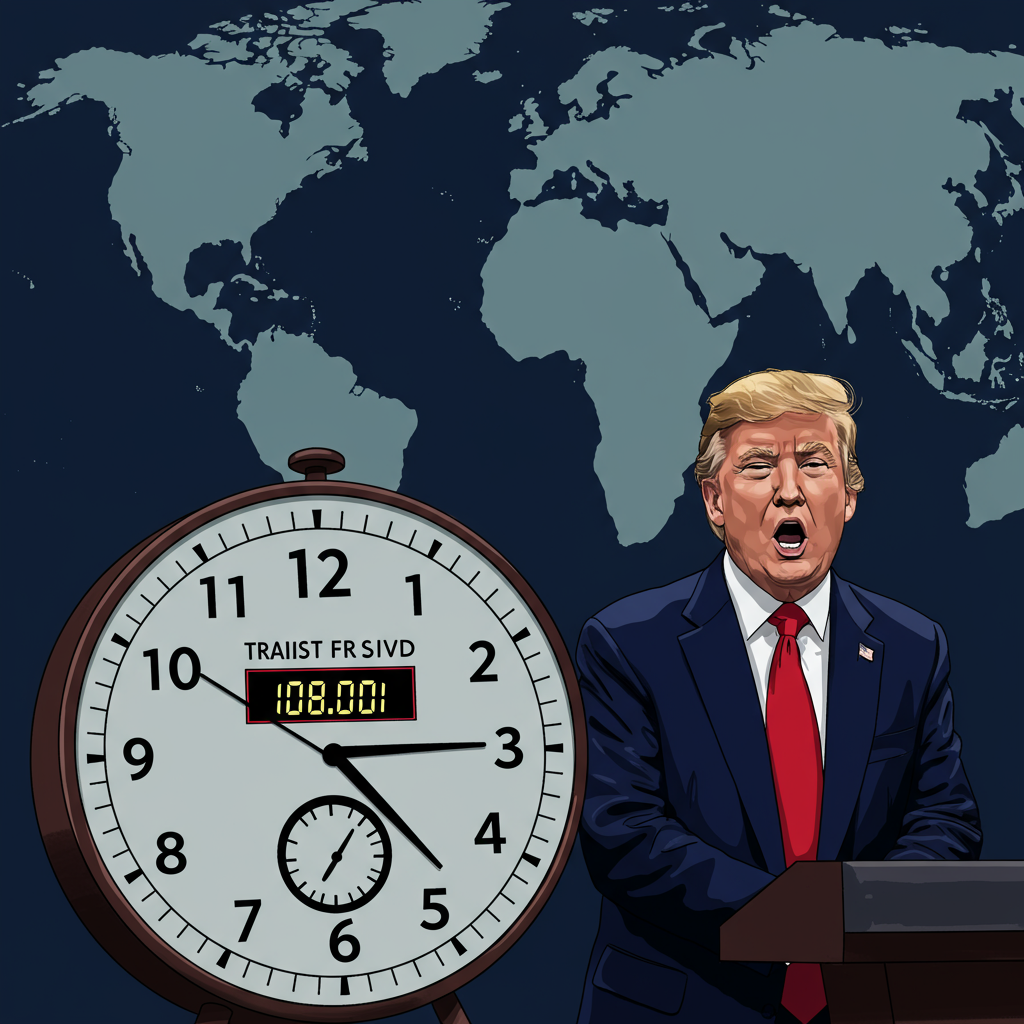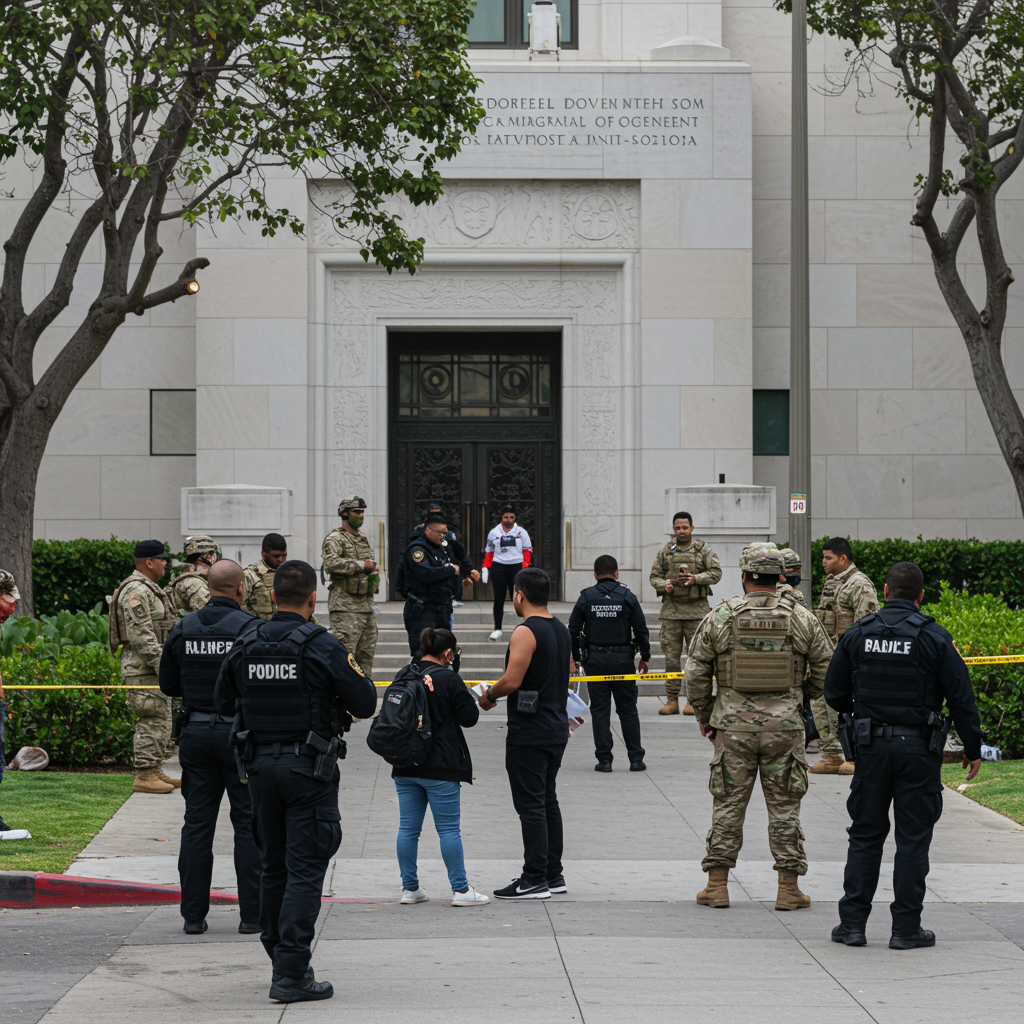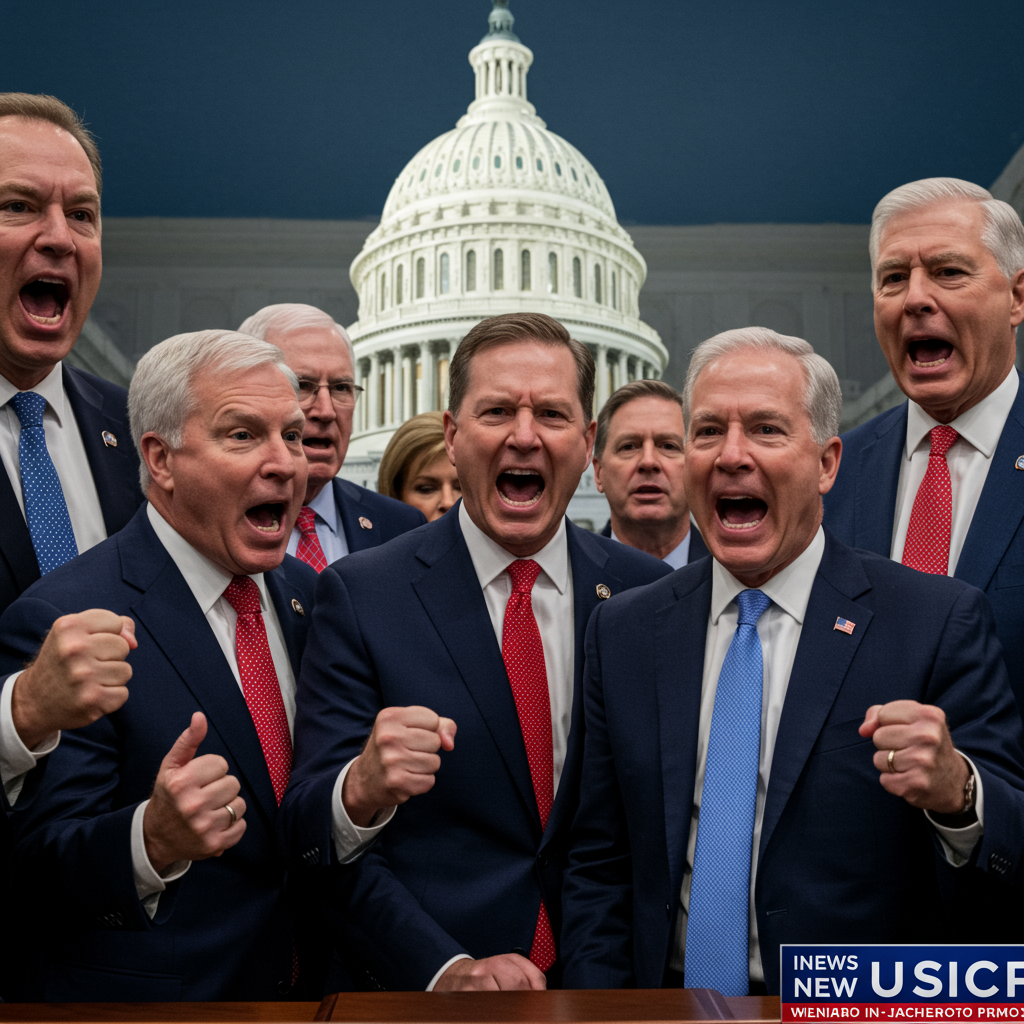The clock is ticking down to a critical deadline in global trade policy set by President Donald Trump. A 90-day pause on potentially steep U.S. “reciprocal tariffs” is scheduled to expire at 12:01 a.m. ET on July 9. As that moment approaches, uncertainty grips international markets and trading partners, leaving the global economic outlook hanging in the balance. The stakes are undeniably high for countries worldwide.
The Genesis of Reciprocal Tariffs and the Pause
The current situation traces back to April 2, a date President Trump controversially labeled “Liberation Day.” On this day, the administration unveiled a new framework for “reciprocal” tariff rates targeting key U.S. trading partners. These proposed tariffs were set at unprecedented levels, with some levies potentially soaring as high as 50%. Collectively, these rates represented the most significant import taxes imposed by the United States on foreign goods in over a century. Economic experts were swift to voice concerns, warning of the potential for a recession that could ripple far beyond individual countries to impact the entire world.
The implementation of these tariffs began on April 9. The immediate reaction was palpable. Wall Street experienced a significant sell-off, and the bond market signaled distress. This market turmoil prompted President Trump to announce a three-month pause on the most severe increases. He stated the delay was intended to provide trading partners additional time to finalize new trade agreements with the U.S., acknowledging that investors were “getting a little bit yippy, a little afraid.”
During this 90-day reprieve, nearly all goods imported into the U.S. have been subject to a minimum tariff rate of 10%. Interestingly, financial markets have largely recovered since April, with stocks not only recouping earlier losses but even reaching new record highs. Inflation, meanwhile, has remained relatively subdued. However, this stability could prove fragile. Should tariffs escalate significantly after the deadline, triggering a resurgence in inflation, the recent market gains could quickly evaporate.
The State of Negotiations Leading Up to July 9
Despite months of intensive meetings and frequent pronouncements from the Trump administration about impending deals, only a handful of agreements have been announced during the pause period. One notable example, a deal with Vietnam, remains incomplete and lacks public details, highlighting the complexities involved.
The administration continues to project confidence, advertising that a wave of new trade deals is on the horizon. Yet, parallel to this optimistic messaging, President Trump has maintained pressure by threatening to notify countries without finalized agreements about the potentially high tariff rates their exports to the U.S. will face.
Looming Threats and Shifting Positions
In the days leading up to the July 9th deadline, Trump administration officials have hinted at various possibilities. These include simply reverting to the original, high April tariff rates or potentially imposing even steeper levies. They have also floated the idea of extending the tariff pause, but only for countries deemed to be “negotiating in good faith.” Crucially, the administration has not explicitly defined what constitutes “good faith” negotiation or specified which countries might qualify for such an extension.
The ultimate decision rests with President Trump, whose recent statements reflect a degree of unpredictability regarding his final course of action. “We can do whatever we want,” he stated recently, adding, “We could extend it; we could make it shorter.” He even expressed a preference for a shorter process, saying, “I’d like to make it shorter. I’d like to just sent letters out to everybody, ‘Congratulations, you’re paying 25%.’”
He further clarified his approach, suggesting the rate would depend on bilateral relations. “We’ll look at how a country treats us — are they good, are they not so good — some countries we don’t care, we’ll just send a high number out,” Trump commented. Just days before the deadline, he confirmed he would begin sending these letters, indicating the potential rates could “range in value from maybe 60% or 70% tariffs to 10% and 20% tariffs.” Such high percentages would inflict a more severe economic blow on many trading partners compared to the April levels. However, he also provided a glimmer of hope, suggesting most new rates wouldn’t take effect until August 1, potentially leaving a small window for last-minute negotiations.
Focus on EU-US Trade Tensions
The negotiations between the European Union and the United States exemplify the tense situation surrounding the deadline. As of July 6, officials on both sides faced just 48 hours to avert a significant trade escalation. The initial 20 percent import tax placed on EU products in early April was among the reciprocal tariffs later paused and reduced to a 10 percent minimum during the 90-day period. The explicit threat looms that this could surge to 50 percent if a comprehensive agreement isn’t reached by July 9th.
The potential impact on American consumers would be substantial, significantly increasing the cost of a wide array of EU-made goods. This includes items like French cheese, Italian leather goods, and various European food and farm products (where a 17 percent tariff was previously threatened). Automobiles, steel, and aluminum are also on the list of affected goods. This contrasts sharply with the pre-Trump era, when the average U.S. tariff on EU goods stood at a mere 2 percent.
Divisions have emerged within the EU regarding the best strategy. Some member states, reportedly including Germany under Chancellor Olaf Scholz, favor securing a simpler, sector-specific deal—even “at all costs”—to prevent a full-blown trade war. Others, like French President Emmanuel Macron, caution against accepting a weak agreement, advocating for the EU to leverage its collective economic power to achieve a more balanced and comprehensive outcome, even if it means being assertive if the proposed deal is deemed insufficient.
Negotiations are being led by teams representing EU trade commissioner Maros Sefcovic and US treasury secretary Scott Bessent. Talks were expected to continue intensely right up to the deadline. The EU has also made clear its readiness to retaliate with its own tariffs on American products should negotiations fail. Potential targets for EU counter-tariffs include beef, auto parts, beer, and even Boeing aircraft.
Economic Perspectives on the Tariff Standoff
The possibility of achieving a lower rate even after a deal, as seen in the preliminary Vietnam agreement (20% post-deal vs. 46% original threat), might be a strategic move by the U.S. administration. Making a 20% tariff feel like a “relief” when the alternative was 46% could allow President Trump to claim he is fulfilling campaign promises of levying higher tariffs to boost revenues and bring manufacturing jobs back to the U.S., while perhaps mitigating some of the most severe economic fallout.
Financial experts are weighing in on the potential outcomes. Ulrike Hoffmann-Burchardi, global head of equities at UBS Global Wealth Management, viewed the US-Vietnam accord as a positive step towards more stable bilateral deals and greater clarity for investors. She noted that while “headline risks” from trade talks may persist, the market impact should moderate as President Trump’s negotiation style becomes more predictable. Ultimately, she expects the administration will prioritize economic stability over maximalist tariffs, particularly with elections on the horizon.
Economist Holger Schmieding of Berenberg bank suggests the U.S. is likely to agree to deals that eliminate the most severe tariff threats (those significantly exceeding 10 percent). However, he cautions that the path to such agreements could be difficult. He posits that potential elements of a deal could involve the U.S. granting exemptions for certain goods while the EU agrees to ease specific regulations viewed by the White House as trade barriers. Schmieding offers a pointed observation: while President Trump might present such outcomes as a “win,” the primary victims of this protectionist approach are likely to be American consumers, who face increased costs on imported goods.
Potential Scenarios Post-Deadline
With the July 9th deadline imminent, several outcomes appear possible:
Return to High Rates: Tariffs could revert to the high levels announced in April, or potentially even higher, for countries without agreements.
Extended Pause: The administration might extend the 10% minimum tariff pause for specific countries deemed to be negotiating constructively.
Slimmed-Down Deals: As suggested by experts, the most likely outcome by the deadline for ongoing talks, like those with the EU, could be simplified agreements that potentially maintain a base 10% tariff alongside sector-specific tariffs, avoiding the threatened 50%+ rates.
EU Retaliation: If negotiations fail, the EU is prepared to implement counter-tariffs on American exports, escalating the trade dispute.
The decision on which path is taken will have significant repercussions for global trade flows, international relations, and economic stability. Businesses and markets remain on high alert as the deadline approaches.
Frequently Asked Questions
What were Trump’s reciprocal tariffs and the 90-day pause?
In April, President Trump announced new “reciprocal” tariffs on many trading partners, with rates potentially reaching up to 50%. This policy, aimed at addressing trade imbalances, led to market volatility. To calm markets and allow time for new trade deals, the administration introduced a 90-day pause, during which a minimum tariff of 10% was generally applied. This pause is set to expire on July 9th, creating uncertainty about future rates.
Which goods and trading partners were potentially affected by the looming deadline?
The proposed “reciprocal” tariffs applied broadly to almost all goods imported into the U.S. Specific focus during the pause period has been on trade talks with the European Union. If higher tariffs resume, EU goods like French cheese, Italian leather goods, cars, steel, aluminum, and various food products could face significant price increases. Other trading partners without finalized deals also face potential tariff hikes.
What are the possible economic consequences if high tariffs are reinstated?
If high tariffs are widely reinstated after the deadline, potential economic consequences include increased costs for American consumers on imported goods, risks of renewed volatility and potential losses in financial markets, and possible inflationary pressure. Trading partners could also retaliate with tariffs on U.S. exports, harming American businesses and farmers. Experts suggest while the U.S. aims for better trade terms, domestic consumers often bear the cost of protectionism.
Conclusion
As the July 9th deadline arrives, the fate of President Trump’s “reciprocal” tariffs remains uncertain. The expiration of the 90-day pause raises the specter of significantly higher import taxes, threatening to disrupt global trade and potentially impact financial markets and consumer costs. While some experts anticipate a focus on stability or “slimmed-down” deals to avoid the worst-case scenarios, the possibility of escalation and retaliatory measures keeps businesses and governments on edge. The outcome will depend on last-minute negotiations and President Trump’s final decision, with major implications for the global economy.
Word Count Check: 1167 words




